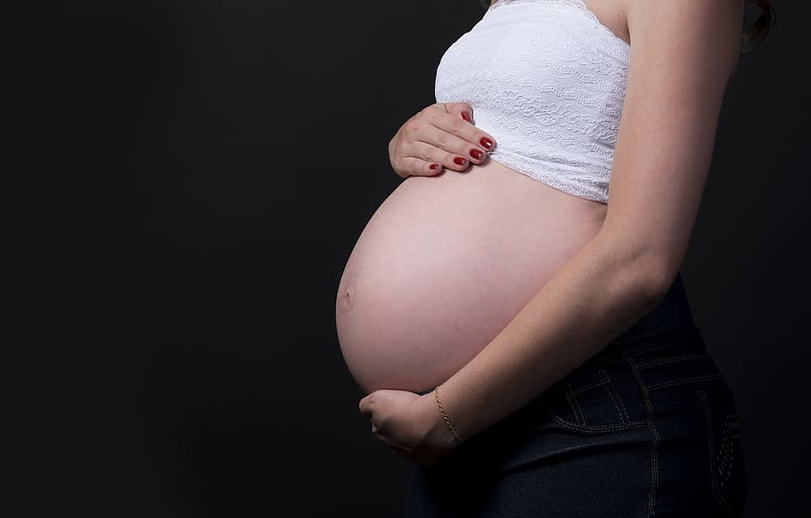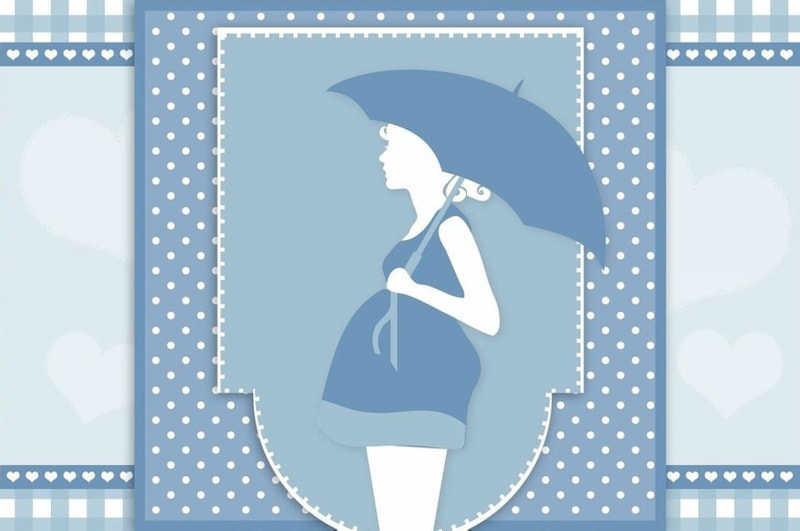COVID-19 and Pregnancy: What You Need to Know
Nearly 20.8 million people in the United States have been infected with COVID-19, and more than 352,000 people have died due to complications from the virus. Pregnant individuals make up nearly 3% of the population in the US and are considered a high-risk group for becoming severely ill if infected with the novel virus. With over 53,000 cases of pregnant persons with COVID-19 in America, it is essential to better understand the symptoms of becoming infected during pregnancy. This article will review some key findings from the last months of research.
An August 2020 review analyzed sixty studies that were conducted in different parts of the world in order to learn more about the effect of COVID-19 on obstetric outcomes for pregnant individuals and newborns. The reviewers examined the clinical characteristics of the participants in each study, such as the presence of a fever, coughing, headache, and pain. Additionally, the review looked for the prevalence of pregnant individuals developing severe medical complications such as miscarriage, pre-term birth, and death. They found that in many studies some of the newborns experienced complications such as fever, pneumonia, and other symptoms of COVID-19. The review concluded the cause of these symptoms in the newborns could be due to vertical transmission, where a pathogen is passed on from the mother to the baby. However, they mentioned that it is unknown if this transmission occurs in utero, before birth, or after birth. Additionally, high rates of infected pregnant individuals were asymptomatic (43.5–92%). There was an increased risk for early birth and more individuals needed a Caesarean delivery in comparison to the general, uninfected public. Lastly, the virus was not found in breastmilk.
An August 2020 review analyzed sixty studies that were conducted in different parts of the world in order to learn more about the effect of COVID-19 on obstetric outcomes for pregnant individuals and newborns. The reviewers examined the clinical characteristics of the participants in each study, such as the presence of a fever, coughing, headache, and pain. Additionally, the review looked for the prevalence of pregnant individuals developing severe medical complications such as miscarriage, pre-term birth, and death. They found that in many studies some of the newborns experienced complications such as fever, pneumonia, and other symptoms of COVID-19. The review concluded the cause of these symptoms in the newborns could be due to vertical transmission, where a pathogen is passed on from the mother to the baby. However, they mentioned that it is unknown if this transmission occurs in utero, before birth, or after birth. Additionally, high rates of infected pregnant individuals were asymptomatic (43.5–92%). There was an increased risk for early birth and more individuals needed a Caesarean delivery in comparison to the general, uninfected public. Lastly, the virus was not found in breastmilk.
Image Source: ffvir
A November CDC report examined the relationship between patient outcomes and demographics of pregnant persons between January 22, 2020 to October 3, 2020. It found that pregnant individuals are at three times higher risk of being admitted to the intensive care unit (ICU) and needing intensive ventilation. Pregnant individuals and non-pregnant individuals reported the same symptoms—cough, headache, muscle aches, and fever. However, despite experiencing these symptoms at a lower frequency, there was a 25% increase in death in infected pregnant persons with COVID-19. Age was also a key factor in the disease progression; those aged 35–44 were at a higher risk of dying than those aged 15–24. Additionally, ethnic groups were differentially affected by the virus. Non-Hispanic Black or African American pregnant persons made up nearly 37% of deaths and Non-Hispanic Asian individuals and non-Hispanic Native Hawaiian/Pacific Islander individuals were at an increased risk of being admitted to the ICU when compared to other ethnicities.
Another CDC report focused on birth and infant outcomes of patients infected with COVID-19. It was found that infants born to COVID-19 patients were at a higher risk of being born early (12.9%) when compared to the general public (10.2%.) Additionally, 9.3% of the babies born to persons with COVID-19 that were born to term needed to be admitted to the ICU. The reason for admittance was not known.
As the pandemic continues, researchers are gathering more information about how COVID-19 affects pregnancy outcomes. Presently, there is still a knowledge gap regarding how this virus affects pregnancy in the first-term stages and how vertical transmission occurs in these cases, as well as the novel vaccine. This knowledge gap applies to the safety of the novel vaccine for pregnant individuals as well. While the literature advances, the best thing to lower their risk of complications for all is to continue social-distancing, wearing masks, and washing hands.
Another CDC report focused on birth and infant outcomes of patients infected with COVID-19. It was found that infants born to COVID-19 patients were at a higher risk of being born early (12.9%) when compared to the general public (10.2%.) Additionally, 9.3% of the babies born to persons with COVID-19 that were born to term needed to be admitted to the ICU. The reason for admittance was not known.
As the pandemic continues, researchers are gathering more information about how COVID-19 affects pregnancy outcomes. Presently, there is still a knowledge gap regarding how this virus affects pregnancy in the first-term stages and how vertical transmission occurs in these cases, as well as the novel vaccine. This knowledge gap applies to the safety of the novel vaccine for pregnant individuals as well. While the literature advances, the best thing to lower their risk of complications for all is to continue social-distancing, wearing masks, and washing hands.
RELATED ARTICLES
|
Vertical Divider
|
Vertical Divider
|
Vertical Divider
|






